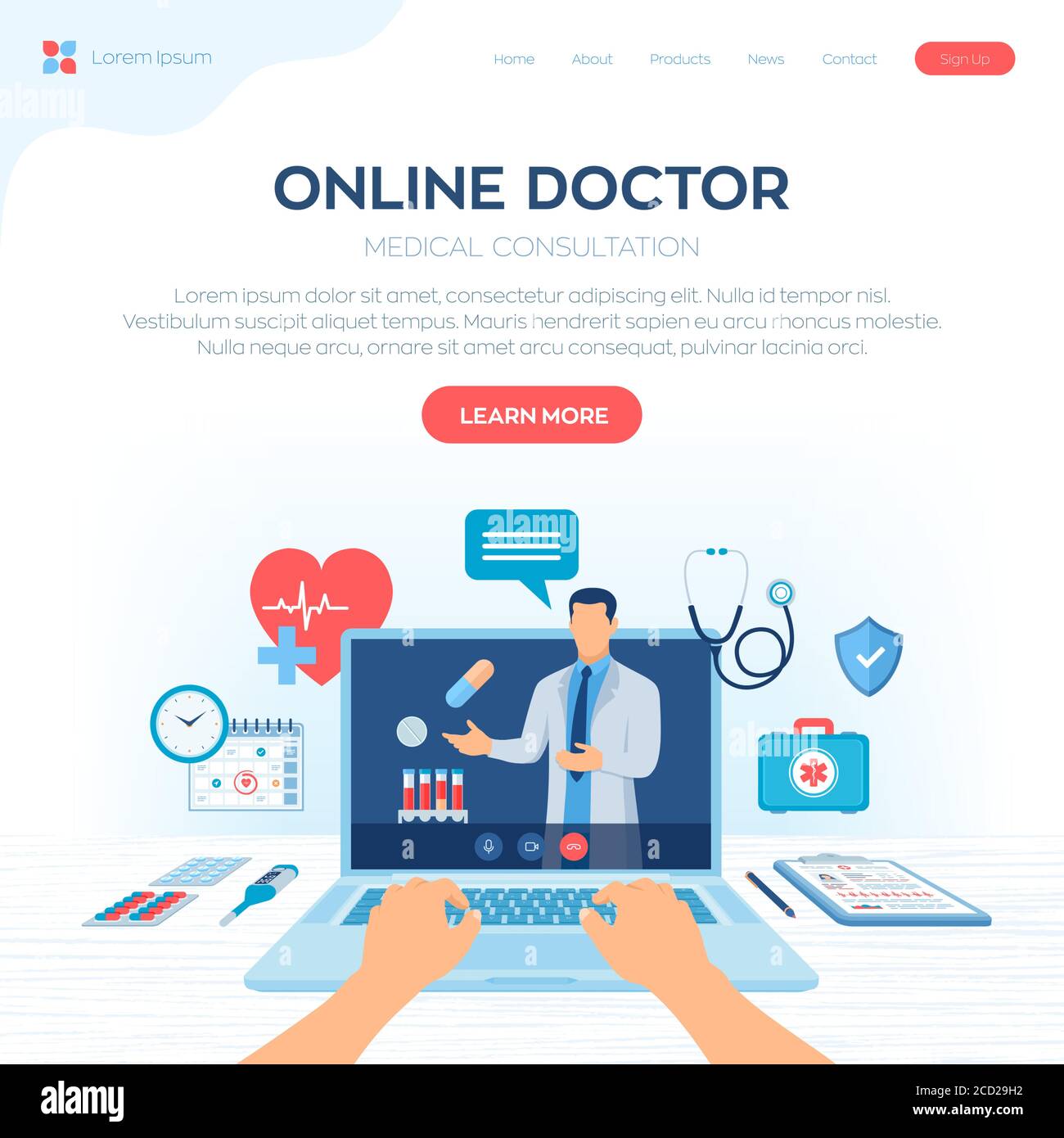Discover the Advantages of Subscription Based Healthcare for Affordable Medical Care
Discover the Advantages of Subscription Based Healthcare for Affordable Medical Care
Blog Article
Comprehending the Cost-Effectiveness of Subscription-Based Medical Care Models
As the health care landscape advances, subscription-based models become an engaging alternative, guaranteeing to redefine just how people manage medical expenditures. Evaluating these designs' cost-effectiveness requires a nuanced contrast with traditional insurance coverage, taking into consideration both economic implications and individual contentment. While they offer transparency and predictability in expenses, concerns continue to be concerning their ability to meet diverse health care requirements, particularly for specialized therapies. The viewpoints of doctor additionally complicate this formula, providing a complex obstacle. What does the future hold for these versions, and can they absolutely deliver on their promise of available, budget friendly treatment?
Overview of Subscription-Based Versions
Subscription-based health care designs, occasionally described as straight health care or attendant medicine, are increasingly gaining focus as a possible service to inefficiencies within conventional medical care systems. These models operate on the concept of offering patients direct accessibility to health care companies through a month-to-month or yearly charge, bypassing the demand for standard insurance devices. This plan aims to enhance patient-provider interactions by lowering management problems, which frequently prevent timely and tailored care.
At the core of subscription-based versions is the emphasis on an extra customized person experience. Clients profit from enhanced access to their medical professionals, typically consisting of same-day or next-day consultations, extended examination times, and straight communication channels such as phone or video clip calls. This design cultivates a proactive technique to medical care, where clients and carriers can collaboratively concentrate on preventative care and chronic illness monitoring.

Expense Comparison With Standard Insurance Policy

Among the main monetary benefits of registration versions is openness in expenses. Individuals pay a foreseeable charge, which can streamline budgeting and monetary planning. Furthermore, these designs usually get rid of co-pays and deductibles for covered services, reducing out-of-pocket spending. Conversely, conventional insurance policy might be a lot more helpful for individuals requiring specialized care or pricey therapies not covered under a membership design, as they gain from the broader insurance coverage network and cost-sharing devices.
Nevertheless, cost-effectiveness is context-dependent. While subscription versions might supply savings for those largely needing health care, people with persistent conditions or specialized medical care needs may locate conventional insurance policy much more thorough. Reviewing particular health care needs and potential usage is important in establishing the most cost-effective choice for people.
Effect On Patient Complete Satisfaction
Individual contentment within subscription-based healthcare models typically shows a substantial renovation over traditional insurance systems. This enhancement is mainly associated to the customized care and availability these designs use. Individuals regularly report greater contentment as a result of lowered delay times and the convenience of organizing consultations. Unlike standard systems, where individuals may experience delays in getting care, subscription-based models ensure more prompt and direct interactions with healthcare service providers.
Additionally, the transparency in prices connected with subscription-based healthcare alleviates the usual irritations related to unanticipated charges and complex payment processes seen in typical insurance coverage (subscription based healthcare). Patients value knowing the specific financial dedication upfront, resulting in increased depend on and confidence in their health care monitoring
Furthermore, the focus on precautionary care and health in subscription designs adds to enhanced wellness results, better enhancing individual complete satisfaction. By concentrating on ongoing health care instead of episodic treatment, people experience a more continuous and alternative medical care journey.
Additionally, the boosted provider-patient partnership fostered in these designs, identified by even more time spent per client and individualized focus, plays an essential function in boosting person satisfaction levels, as clients really feel truly looked after and recognized.
Service Provider Point Of Views and Experiences
From the carrier's viewpoint, subscription-based medical care models offer a transformative method to providing medical services. These models highlight a preventative and positive health care technique, enabling suppliers to concentrate on detailed individual treatment without the restrictions of conventional fee-for-service plans (subscription based healthcare). This shift in focus frequently results in boosted person end results and raised carrier contentment, as health care experts can assign more time and sources to person interaction and customized care strategies
Additionally, membership models facilitate foreseeable profits streams, which enhance financial security for doctor. This predictability allows check out here for boosted resource planning and allowance, adding to a more reliable health care delivery system. Suppliers can invest in staff facilities, technology, and training enhancements, thereby improving the quality of treatment offered.
However, the shift to subscription-based designs is not without obstacles. Regardless of these hurdles, many companies discover that the advantages of raised person interaction and streamlined operations outweigh the initial challenges, making subscription-based models an attractive option.
Future Potential Customers and Difficulties

A key difficulty is regulative compliance, as registration designs must stick to progressing healthcare plans and insurance coverage my explanation requirements. This demands constant adaptation and technology to make sure alignment with lawful standards. In addition, integrating these versions into existing healthcare facilities can be complex, calling for significant financial investments in innovation and training.
There is additionally the prospective threat of producing injustices in healthcare accessibility, as subscription versions might prefer those that can afford them, leaving at risk populations underserved. Resolving this requires thoughtful consideration of rates techniques and aid mechanisms to make sure inclusivity.
Conclusion
Subscription-based medical care versions present a viable alternative to conventional insurance coverage by providing monetary predictability and transparency, especially benefiting individuals with chronic conditions or constant healthcare requirements. The cost-effectiveness of these designs is contingent upon private healthcare usage patterns and scenarios.
Subscription-based health care models, sometimes referred to as direct main care or concierge medication, are significantly obtaining focus as a possible option to ineffectiveness within standard health care systems. Unlike conventional systems, where patients might experience hold-ups in getting care, subscription-based models ensure even more straight and timely interactions with medical care providers.
These versions highlight a preventative and proactive medical care method, allowing companies to concentrate on extensive patient treatment without the restrictions of traditional fee-for-service setups. read this post here As these designs proceed to get traction, they supply the prospective to revolutionize individual access to care, simplify service distribution, and enhance healthcare costs.Subscription-based healthcare designs present a feasible alternative to standard insurance by supplying financial predictability and openness, particularly profiting people with chronic problems or frequent health care needs.
Report this page